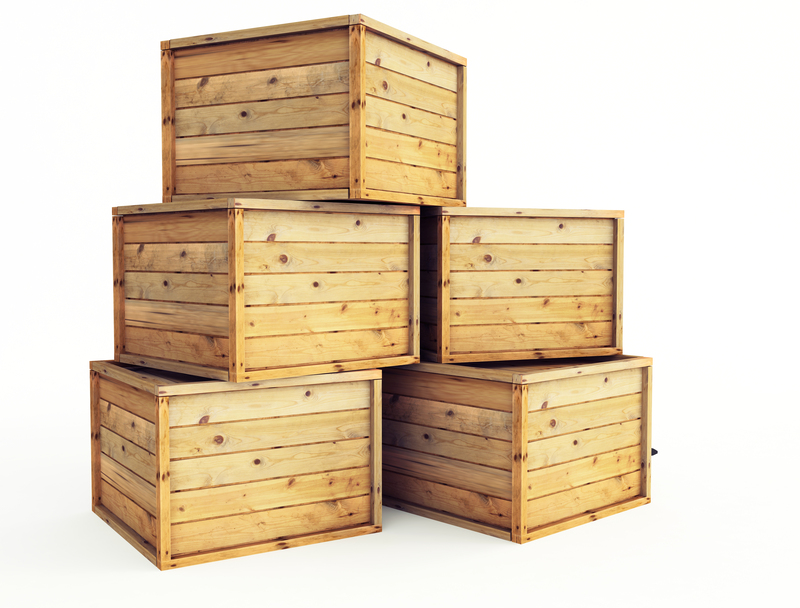How to Securely Pack Delicate Possessions
Posted on 16/09/2024
Moving can be an incredibly stressful experience, especially when it comes to transporting your delicate possessions. From family heirlooms to expensive electronics, ensuring these items reach their destination unharmed requires careful planning and execution. This comprehensive guide will walk you through the steps to securely pack your delicate possessions and offer some invaluable tips and takeaways.
Gather the Right Packing Materials
The first step to securely packing delicate possessions is to gather the right packing materials. Here's a list of essentials:
- Bubble Wrap: Provides cushioning and prevents breakage.
- Foam Sheets: Additional padding.
- Packing Paper: For wrapping and filling gaps in boxes.
- Sturdy Boxes: Choose various sizes to fit different items. Double-walled boxes are recommended for heavier, more fragile items.
- Tape: Heavy-duty packing tape ensures boxes stay closed.
- Labels and Markers: For labeling boxes as "Fragile" and indicating contents.

Preparation Before Packing
Before you start packing, clean and inspect your items. Dust and dirt can cause scratches, so it's a good idea to wipe down your delicate items. Take photos of valuable items as a precaution in case of damage during the move. This documentation will be useful for insurance claims.
Packing Techniques for Different Delicate Items
Ceramics, Glassware, and Porcelain
Wrap each piece individually using packing paper or bubble wrap. Place a layer of cushioning material at the bottom of the box and avoid overstuffing. Use dividers for glasses and stack plates vertically rather than horizontally.
Electronics
Detachable parts should be removed and packed separately. Use original boxes if available, or bubble wrap and foam sheets as an alternative. Ensure the box is properly sealed and labeled.
Artwork and Mirrors
Use painter's tape to create an X shape across glass surfaces to prevent shattering. Wrap the item in bubble wrap, followed by a layer of cardboard for additional protection.
Sealing and Labeling
Once everything is packed, seal your boxes securely with heavy-duty tape. It's essential to label each box, indicating not only what's inside but also marking it as "Fragile." Consider including handling instructions such as "This Way Up" to guide movers.
Special Considerations for High-Value Items
For exceptionally valuable or irreplaceable items, consider specialized packaging options or even a professional packing service. Additionally, make sure these items are insured either through your moving company or a standalone policy.
Additional Tips for a Smooth Move
- Start Early: Packing delicate items takes time, so begin well in advance of your moving date.
- Keep an Inventory: Maintain a list of items in each box for easy unpacking and to ensure nothing goes missing.
- Transport Personally: If feasible, transport extremely delicate or valuable items personally rather than with movers.
- Use Small Boxes: Heavy items should be packed in small boxes to make them easier to lift and reduce the risk of breakage.
Pros and Cons of Packing Your Delicate Items
Pros
- Peace of Mind: Knowing that you have packed your items with care.
- Customization: Ability to tailor packing methods to suit different items.
- Cost Savings: DIY packing is generally cheaper than hiring professionals.
Cons
- Time-Consuming: Packing delicate items is labor-intensive and requires significant time.
- Risk of Damage: Without expertise, you may not pack items as securely as professionals would.
- Stress: Added responsibility can heighten moving stress.

Takeaways
- Gather necessary packing materials like bubble wrap, foam sheets, and sturdy boxes.
- Clean and inspect your items before packing.
- Use appropriate wrapping techniques for ceramics, glassware, electronics, and artwork.
- Label boxes clearly and indicate handling instructions.
- Consider professional packing services for high-value items.
- Start the process early to avoid last-minute stress.
Conclusion
Packing delicate possessions securely requires careful attention to detail and the right materials. By following the steps outlined in this guide, you can significantly reduce the risk of damage during your move. Whether you choose to do it yourself or hire professionals, planning ahead and using the proper techniques is key to a successful, stress-free move.







